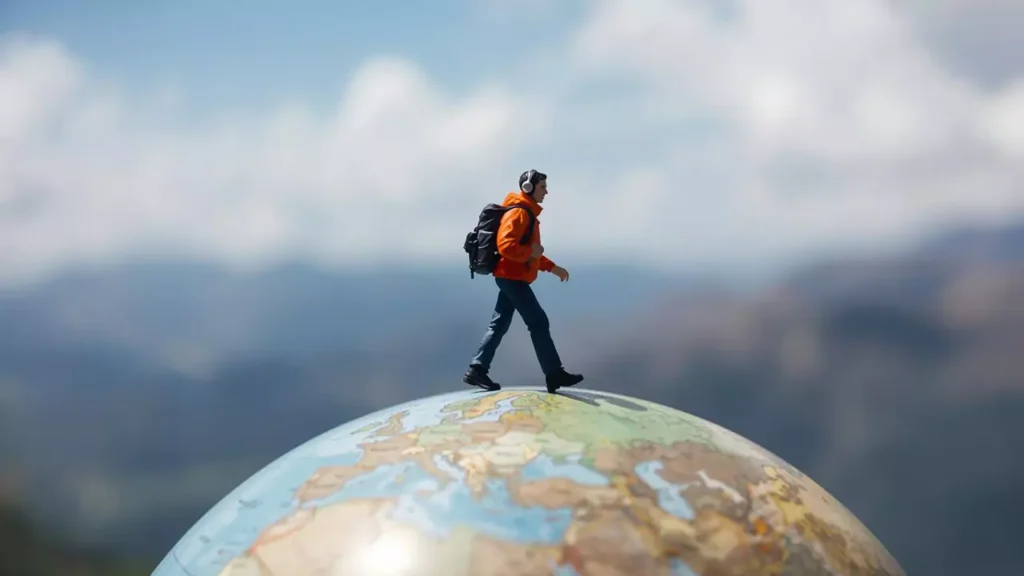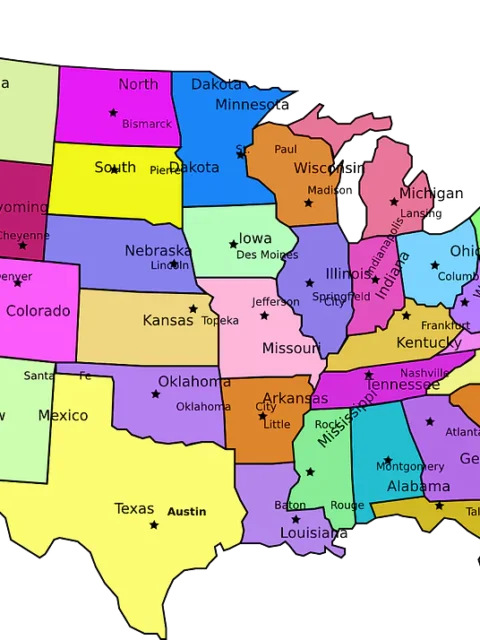How Long Would It Take to Wander Around the Earth?

Imagine lacing up your walking boots and setting off on a journey that spans across the entire earth. To many, this adventure sounds like a once-in-a-lifetime dream escape, but it may leave you wondering: Just how long would it take to walk around the Earth? Curious about the real life challenges and calculations, I produced this article to answer the questions we all have, and figure out what it truly means to be wandering the world on foot.
From the very first brave souls who attempted similar astounding feats, to the realistic logistics of embarking on such an epic journey, walking around the globe is as fascinating as it is complicated. It’s not something the average person could do without serious preparation, so be sure to keep this in mind before attempting to journey across the world on foot!
Understanding the Distance Around the Earth

The Earth’s circumference along the equator measures approximately 40,075 kilometers (24,901 miles), which of course is quite a long way. That said, walking routes need to follow land masses, which means you can’t walk in a perfectly straight line along the equator, as you would need to contend with steep inclines, oceans, and huge bodies of water along the way. This means that actual walking distances could be much longer. Many adventurers also choose to enjoy more scenic or safer routes, which can include detours through mountains, forests, and cities.
Of course for those looking to simply travel around the world in any way, flying is much faster. It would take a few days on average depending on stop overs to complete this journey by air, but when it comes to comparing ‘how long to fly around the world’ versus ‘how long to walk around the world’, the difference is huge. Walking across the planet could take many months or years to complete, but it’s much faster by plane.
Realistic Factors That Affect Walking Around the World

Even the most athletic adventurers can’t walk non stop so it’s important to consider the following practicalities that could hinder your journey:
- Sleep and rest: When embarking on such a challenging adventure especially by foot, sleep and rest is crucial for good recovery.
- Meals and Nutrition: Walking such long distances takes up a lot of energy, especially when you’re not taking much time to rest. For this reason, staying fueled with high calorie, high nutritious meals is essential. You can’t spend this intense journey surviving off granola bars and grab-and-go snacks.
- Weather and Terrain: Deserts, mountains, oceans, and weather conditions often make walking incredibly challenging or impossible. For this reason, boats or other modes of transportation are sometimes necessary to be able to complete the journey.
- Borders and Politics: Traversing through various countries involves Dealing with various visas, permits, areas of conflict, and restricted areas. This can delay progress and mean you need to plan another route.
- Physical Fitness: Your ability to ensure long distances, recover from any injuries sustained or illnesses, and even your ability to mentally endure the feat of walking non-stop can all be factors that affect your speed and consistency in crossing such long distances.
As an example, British adventurer Karl Bushby has been attempting a walk around the world since 1998 over twenty seven years later, and he’s still completing the final stretches of his journey! You can read more about his incredible story here.
Real Walking Journeys from Explorers
Though there have been no recorded attempts of a full journey across the world done entirely on foot, there have been many notable explorers who have walked long distances on their travels. Some adventurers have crossed entire continents on foot, such as North America or Europe, taking years to complete, but these journeys come with a whole host of interesting challenges. From logistical challenges to unpredictable, and sometimes dangerous weather, it’s a feat that can only be attempted by expert adventurers.
These examples show that it can take years to cross continents, and as such, would take even longer than that to walk around the world. Obviously, the length of time it would actually take would depend on a number of factors, but could still technically be possible with enough dedication, planning, and endurance.
Practical Takeaways
If you dream of embarking on the adventure of a lifetime, it’s a good idea to prepare with a smaller-scale expedition before making any attempts to walk across the entire world. Some things to consider when preparing for your next adventure include:
- Embarking on long tracks on iconic trails or some of the best hikes in the world.
- Planning extended walking tours across cities or countries is one of the best travel tips for beginners, as there are plenty of people, signs, and civilization around in case you get lost.
- Packing up some solo travel essentials and heading off on the journey alone in order to connect more deeply with your surroundings.
Walking around the earth isn’t just about covering a huge number of miles. Instead, it’s about embracing the adventure, discovering new cultures, and challenging your own mental and physical limits. Whether you’re curious about how many miles it is to go around the world, or whether you’re simply dreaming of wandering the world at a more leisurely pace, it’s an incredible reminder of the planet’s huge scale and deep beauty.
Here at WanderLust Craze, we love bringing our readers some truly awe-inspiring adventures. From top tips, to real-life travel stories, I encourage everyone to explore, experience and feel inspired, whether by foot, plane, or anywhere in between!











